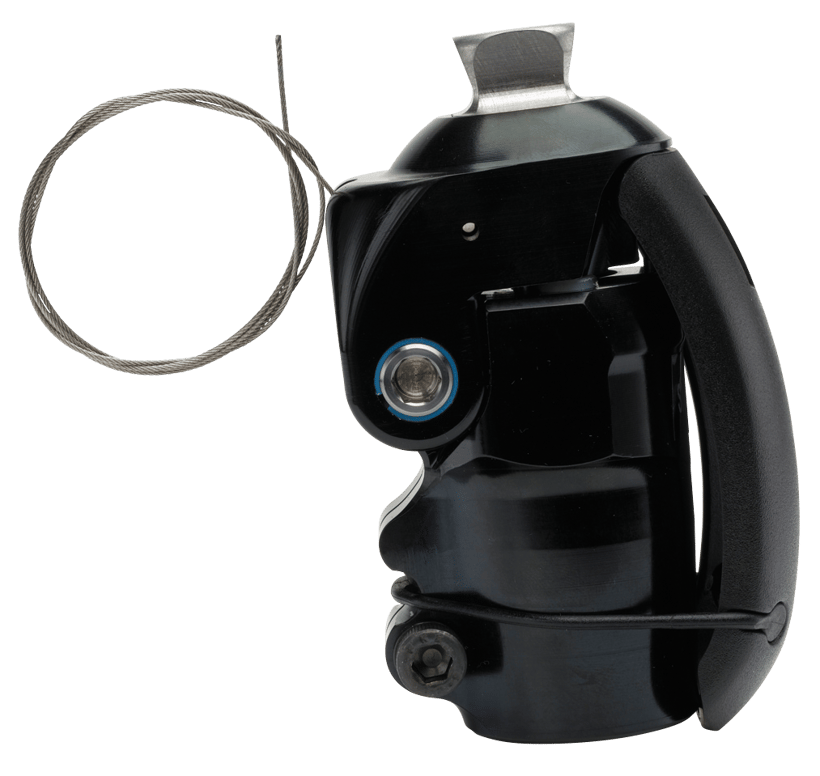Mechanical Knees
Mechanical Prosthetic Knees
For most amputees, safety and stability are at their mind first and foremost.
Mechanical prosthetic knees are manually locked during walking or movement and the patient releases the lock mechanism to sit down.
These types of knees are designed for less active patients. They offer a high level of stability, smooth activation and release, cushioning for comfort, and reduce the risk of tripping.
Another option is the weight-activated standing control knee. This knee is very stable and is often prescribed for the first prosthesis. When a weight is placed on the prosthesis, the knee does not bend until the weight is displaced.
The system is used as a constant friction knee during leg swing, but is kept extended by a braking mechanism when weight is applied during the stance phase. This knee is a common choice for older or less active amputees.
BMK2 Mechanical Knee
Blatchford's BMK2 mechanical knee is lightweight, easy to use, cost-effective, and can be paired with the AvalonK2 foot. It's stance flexion provides additional shock absorption and cushioning. The weight activated stance control allows for smooth activation and release.

Introducing
Compact SAKL
This compact, lightweight prosthetic knee is ideally suited to individuals with low activity level who need the security of a locked knee during walking.
Key Features
- Slim, low profile knee
- 140° knee flexion
- Locks automatically on extension
- Thigh release
